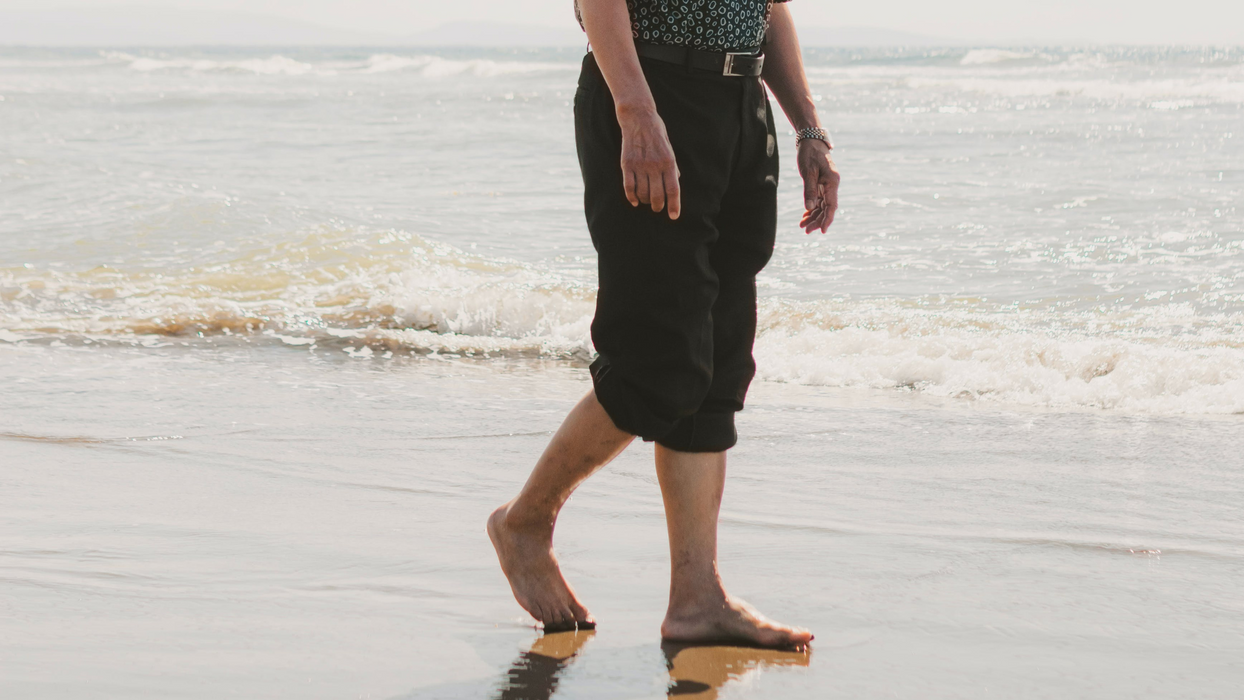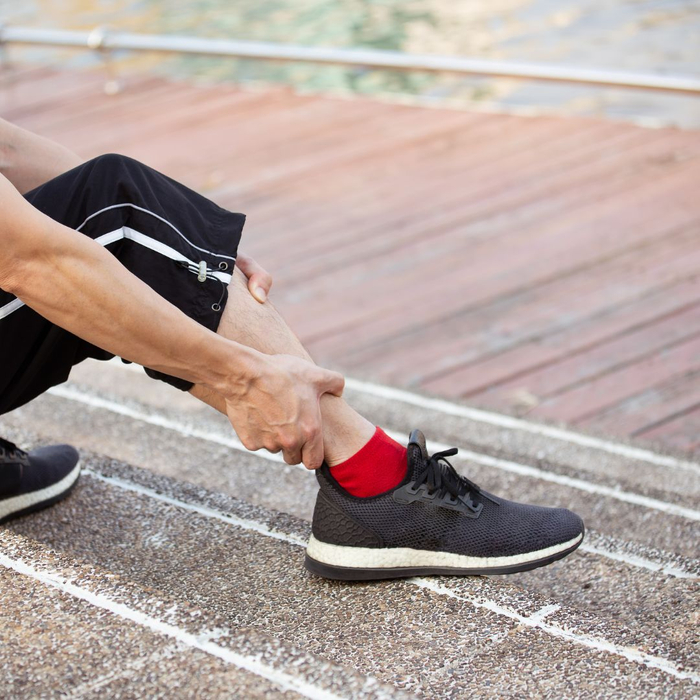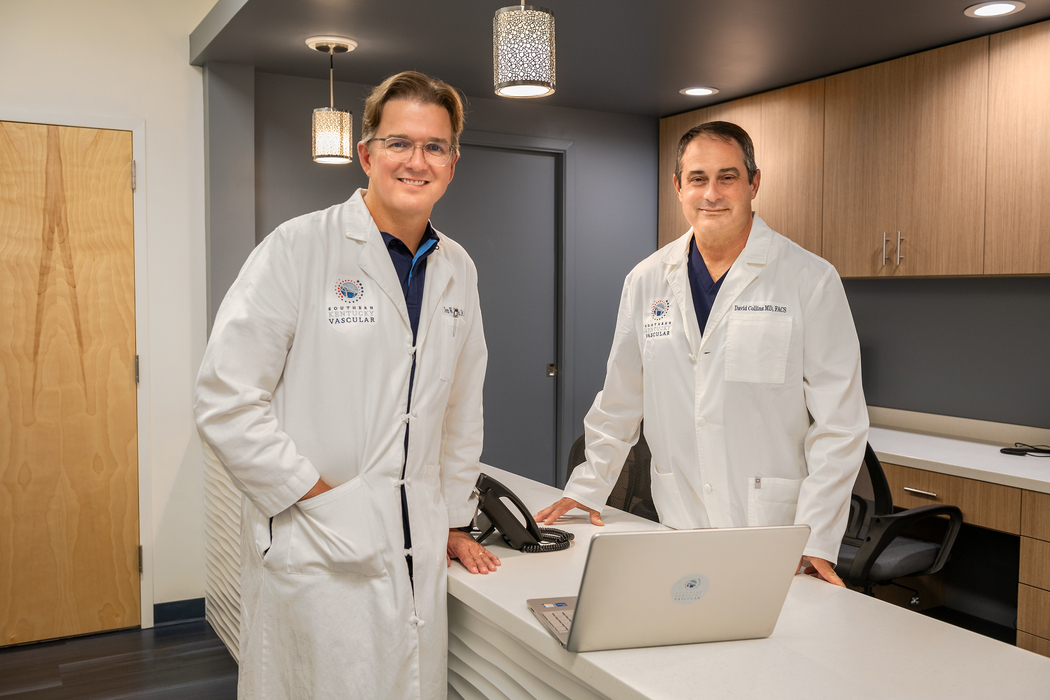Could My Leg Pain Be Peripheral Arterial Disease?
We've all experienced some form of leg discomfort, whether it’s a cramp after a long run or a simple ache from being on our feet all day. But what if that pain is a signal of something more serious? For many in Southern Kentucky, persistent leg pain is a key symptom of Peripheral Arterial Disease, or PAD. It’s a condition that shouldn't be ignored, and our team is here to help you understand it.
While muscle soreness from daily activities usually improves with rest, PAD-related pain often follows a distinct pattern—it appears during activity, improves when you stop, and returns when you start again.
This happens because your leg muscles aren’t getting enough oxygen-rich blood during exertion. Recognizing this difference is critical, as PAD can progress silently over time and may signal underlying cardiovascular disease elsewhere in the body.

Understanding Peripheral Arterial Disease (PAD)
PAD is a serious circulatory condition where narrowed arteries reduce blood flow to your limbs, most commonly the legs. This happens due to a buildup of plaque, a process known as atherosclerosis. This reduced blood flow can cause various symptoms, with leg pain being one of the most prominent, particularly when walking.
Over time, plaque buildup hardens and narrows the arteries, limiting circulation and making it harder for your muscles to work efficiently. PAD is not just a “leg problem”—it’s often a warning that arteries in the heart and brain may also be affected. People with PAD have a higher risk of heart attack and stroke, which is why early detection and treatment are so important. The good news is that with timely intervention, symptoms can be managed, progression can be slowed, and your overall vascular health can improve.

The Tell-Tale Signs to Watch For
The most common symptom of PAD is a cramping pain or fatigue in your leg muscles during activity, such as walking or climbing stairs, which subsides with rest. We call this "claudication." Other signs can include leg numbness, coldness in one foot or lower leg, and a change in the color of your legs.
You might also notice shiny skin, slower hair or toenail growth, or sores on your feet and legs that heal very slowly. In advanced stages, PAD can cause pain even while resting, particularly at night when your legs are elevated. Some people may have PAD without noticeable symptoms, which is why individuals with risk factors—such as smoking, diabetes, high cholesterol, or high blood pressure—should be screened even if they feel fine.

Why Your PAD Pain Shouldn't Be Ignored
When PAD progresses, the reduced blood flow can become constant, leading to more severe symptoms. This can cause pain even when you’re at rest, especially at night. It can also lead to non-healing sores, a change in skin color, and a higher risk of serious complications like amputation.
Ignoring these symptoms allows the disease to advance, potentially resulting in critical limb ischemia—a severe blockage that drastically reduces blood flow and can cause tissue death. Once the disease reaches this stage, urgent medical intervention is needed to avoid permanent damage or loss of the limb. Seeking help at the first sign of PAD-related pain gives you the best chance for effective, less invasive treatment and long-term mobility.

Local Expertise for Southern Kentucky
We understand the unique needs of our community, from Somerset to Glasgow. Our mission at Southern Kentucky Vascular is to provide state-of-the-art care close to home. Our experienced team uses the latest technology to accurately diagnose and create a personalized treatment plan for your specific condition.
Our vascular specialists perform a thorough evaluation, which may include ankle-brachial index (ABI) testing, Doppler ultrasound, and other advanced imaging to determine the severity and exact location of blockages. Based on your results, a personalized treatment plan will be discussed. We focus on personalized, compassionate care so you can return to your normal activities with confidence.
If you are experiencing persistent leg pain or any of the other symptoms discussed, it is crucial to seek professional help. The team at Southern Kentucky Vascular is dedicated to providing compassionate, expert care to our patients throughout the region. We are here to help you understand your symptoms and explore your treatment options so you can get back to living a healthy, active life.
Delaying evaluation could allow PAD to silently progress, increasing the risk of permanent damage. Even if your symptoms seem minor, getting checked now can help prevent serious complications in the future. Our goal is to not only treat your current symptoms but also protect your vascular health for years to come.
Contact us today to schedule a consultation and take the first step toward better vascular health.
